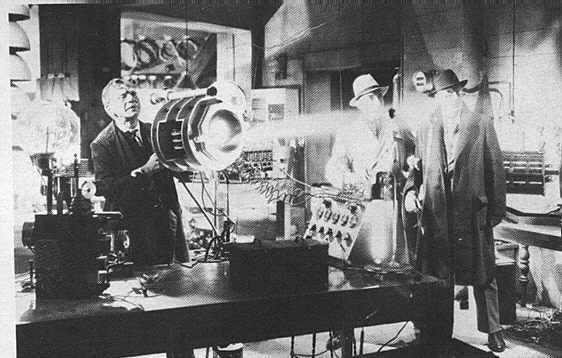
The Nobel Prize–winning LIGO observatory has already changed the world of astronomy. When the scientists in the LIGO collaboration announced the first detection of gravitational waves in 2016, it meant they’d discovered a new way to observe the universe. For the first time, scientists could “listen” to ripples in spacetime created by the collision of massive objects like black holes.
But that was just the beginning. The dream, all along, was to combine gravitational wave detections with observations from more traditional telescopes.
On Monday, a team of thousands of LIGO scientists around the globe published an incredible finding spread throughout several papers in the journal Physical Review Letters. Not only did these scientists detect, for the first time, the gravitational waves produced from two colliding neutron stars, but they were able to pinpoint their location in the sky and witness the event with optical and electromagnetic telescopes.
“It’s one of the most complete stories of an astrophysical event that you could possibly imagine,” says LIGO physicist Peter Saulson at Syracuse University.
Each data source tells a different part of the story.
The gravitational waves tell physicists how large and how far away the objects are, and allow scientists to recreate the moments before they collided. Then the observations in optical light and electromagnetic waves fill in the blanks that gravitational waves can’t answer. They help astronomers nail down exactly what the objects were made out of, and which elements their collisions produced. In this case, the scientists were able to conclude that the resulting explosion from a neutron star merger produces heavy elements like gold, platinum, and uranium (which has been previously theorized but not confirmed by direct observation).
These scientists were able to witness, directly, the alchemy of the universe in action.
“I think the scientific impact of this discovery is actually going to be bigger than the first detection of black holes from gravitational waves,” Duncan Brown, another LIGO collaborator also at Syracuse, says. “There is so much more physics and astronomy involved.” And it’s all the result of an amazing worldwide treasure hunt among the stars.
A race against the clock. A cosmic treasure hunt. On August 17 at 8:41 am, LIGO detected gravitational waves — literal distortions in space and time — passing through Earth. LIGO is a pair of L-shaped observatories in Washington state and Louisiana that can detect when these waves temporarily squish and stretch the fabric of spacetime around us. In the past two years, LIGO had detected gravitational waves generated by black holes that had crashed into one another.
But this detection was very different.
For one, the signal was much stronger than the ones from the black hole discovery, which suggested it was much closer to Earth. It lasted 100 seconds, whereas the black hole signals lasted just a few.
When LIGO detects gravitational waves, it automatically sends out alerts to hundreds of scientists across the world. Brown was one of them. “We got on the phone very quickly, and we realized this was a very loud gravitational wave signal. It blew our socks off,” he says.
Immediately apparent: This was no black hole merger. The initial analysis revealed that the waves were generated by the collision of two neutron stars — extraordinarily dense, strange objects thought to be the cauldrons in which heavy elements are alchemized. Brown’s heart started to race.
When LIGO detects gravitational waves from colliding black holes, there’s nothing to see in the sky. Black holes are, as their name implies, dark. But a neutron star collision? That should unleash some visible fireworks.
X marks the spot





0 Comments